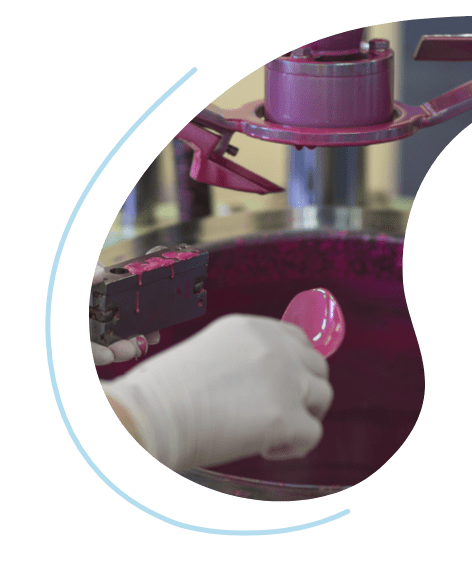
28 Dec Regulatory requirements and nanomaterials today

News
Regulatory requirements and nanomaterials today
Regulatory requirements and nanomaterials today
The cutting edge technology of materials as tiny as in the nanoscale, has entered our lives for several decades already and will continue innovating them daily for more time ahead. Nanomaterials (NMs) are part of different products; consumer products, medicine, paints, electronics, tires, food etc. There is not a clear list of all NMs in products currently. The European Observatory of Nanomaterials (EUON) established by the European chemicals agency (ECHA) is working on it. The regulatory bodies started more actively setting the scene for the registration of the materials. This will bring more guidance in the registration path. More requirements will also be brought along, making the processes more complicated with substantial effort for the manufacturers, importers and downstream users. What needs to be done or not is still not very well outlined in the regulations. A basic requirement for any kind of regulatory related work is to define in which category the form falls into and go on from there. Well, a consensus on one definition is not there yet for NMs. Several definitions are in the different publications and by the different authorities. The European Commission is currently in the revision process after closing the public consultation on a document defining NMs last June. What all definitions have in common is that they are specifically materials with dimensions in the nanoscale with variable criteria. Due to the specific characteristics (the very small size) and the potential that this may lead to other or different risks than larger materials, the need of regulating their use arose already some time ago. Therefore, NMs are included in several regulations one way or another.
Looking at the different uses, that fall under REACH, PPP and BPR and also include cosmetics, food and pharmaceuticals, the large spectrum of regulatory activities becomes obvious. The level of integration in the legislation and the guiding documents given by regulatory bodies varies intensely. Food, pharmaceuticals and cosmetics are frontrunners in incorporating NMs in their regulation and guidance documents. Recently, revision of Annexes of REACH to incorporate nanoforms was published by the European Union that came in force January 1st 2020. With a more clear guidance only for physicochemical properties, justifications for grouping (establishing similarity) and read-across, registration and substance identification and QSARs. Several advisory documents by dedicated committees and expert groups are available on human health and the environment (guidance to be published end of this and beginning of the next year). However, an expert opinion is needed to form and execute a registration strategy adequate for NMs. Even if the new guidance is available, the assessment of safe use of the materials in terms of REACH, BPR or other regulatory framework will be still dependent on expert judgement at a high degree and a case by case approach. This is due to the remaining knowledge gaps in this rapidly advancing technology. BPR has a lot smaller spectrum of guidance available. An example is that assessment of NMs under BPR is separate and needs to be explicitly mentioned. Safety of NMs is a topic that is of high importance for the European Commission and ECHA. All the new developments in the regulations, a recent study on what citizens of the EU thinking about NMs, commissioned by the EUON and refocusing expert groups like the Nanomaterial Expert Group (NMEG) paint the picture of the way European Union is seeing the topic.
Risk assessment is a core topic in Triskelion. Our experts worked on numerous portfolios of substance registrations under REACH and BPR, performed risk assessments for industrial chemicals, food contact materials, cosmetics and consumer products for more than a decade. NMs risk assessment of course is part of our knowledge and expertise where several projects already were performed. A recent example of our work on NMs hazard assessment is the project commissioned by EUON of critically reviewing the factors determining dermal absorption of NMs and available tools for the assessment of dermal absorption. Our experience extends outside REACH too, with use of NMs in cosmetics. A number of projects on required registration and assessment strategy for the use of these tiny materials in cosmetics is currently ongoing.
All-in-all, time is also of the essence in this path. With our long experience in the safety assessment we can help you navigate towards sound registration of your NMs, in a timely fashion by overcoming the hurdles that may arise with the new legislation increasingly established within the regulatory landscape for nanoforms.



